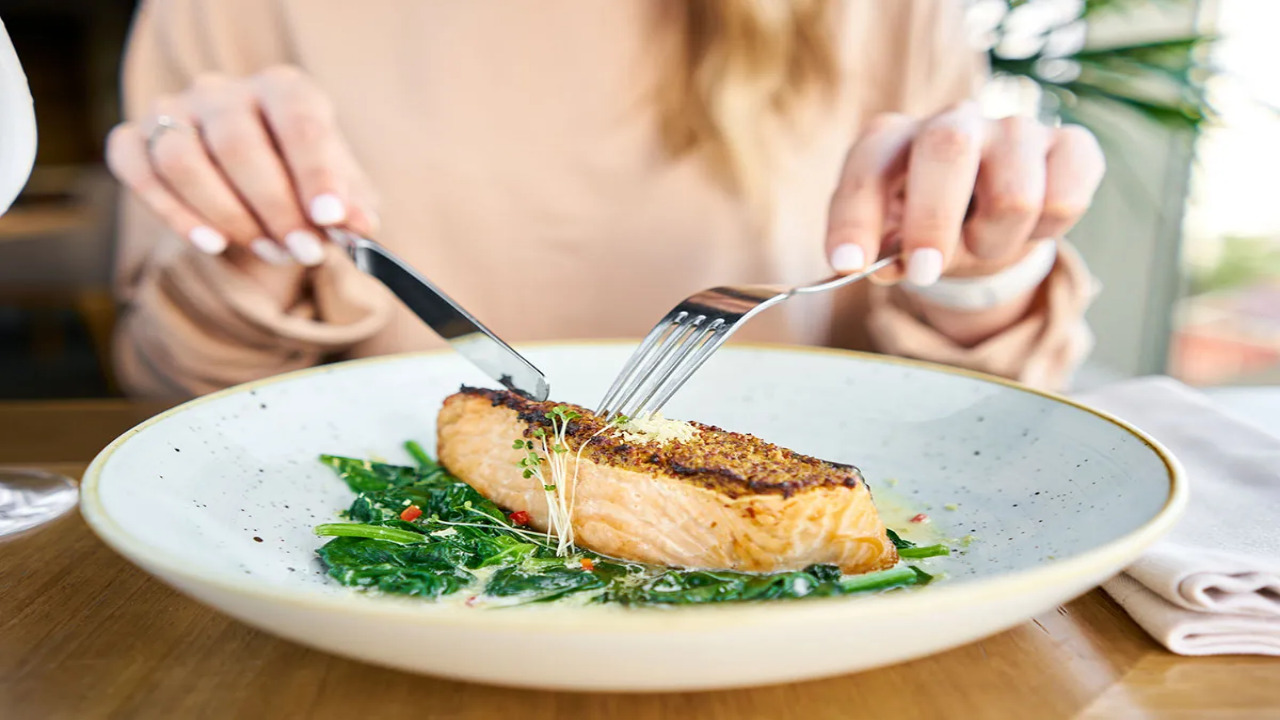Pregnancy is a remarkable journey marked by various lifestyle adjustments, including dietary considerations. Seafood, known for its abundant nutrients, can be a wonderful addition to an expectant mother’s diet. However, the question of which seafood options are safe to consume during pregnancy requires careful consideration to ensure both maternal and fetal well-being.
Nutritional Benefits of Seafood during Pregnancy

Seafood is renowned for being a rich source of essential nutrients, including omega-3 fatty acids, protein, and various vitamins and minerals. These nutrients play a vital role in the development of the baby’s brain, eyesight, and overall growth. Incorporating safe seafood options into a balanced diet can provide the necessary nutrients that contribute to a healthy pregnancy. It’s worth noting that even the topic of the best caviar in the world, while esteemed by many, needs to be approached cautiously during pregnancy due to potential risks.
Concerns and Risks
While seafood offers numerous benefits, it’s essential to be aware of potential risks associated with certain types of fish. Some seafood may contain high levels of mercury, which can be harmful to the developing nervous system of the fetus. Additionally, some fish might be prone to contamination by pollutants such as polychlorinated biphenyls (PCBs) and dioxins. This is where informed decision-making becomes crucial, particularly for delicate choices like the best caviar in the world.
Safe Seafood Choices during Pregnancy
Opting for low-mercury seafood is a wise choice during pregnancy. Fish such as salmon, sardines, and trout are not only low in mercury but also offer the benefits of omega-3 fatty acids. These fatty acids are integral for brain development and can aid in reducing the risk of preterm labor. However, moderation remains key, even for delicacies like the best caviar in the world.
Best Practices for Consuming Seafood Safely

To fully enjoy the advantages of seafood while safeguarding maternal and fetal health, some best practices should be followed:
Variety
: Include a variety of seafood in your diet to ensure a broader range of nutrients.
Cooking Methods
: Opt for cooking methods like baking, grilling, or steaming to retain nutrients without adding excessive fats.
Portion Control
: Consume seafood in moderation to prevent overexposure to potential contaminants.
Avoid Raw Seafood
: Raw seafood, including sushi and raw oysters, should be avoided due to the risk of bacterial infections.
Stay Informed
: Keep updated with local advisories regarding seafood safety and consumption.
Conclusion
Seafood can indeed be a valuable part of a pregnant woman’s diet, offering essential nutrients that aid in the development of her baby. However, the question of what’s safe to eat requires careful consideration. By making informed choices, sticking to low-mercury options, and following best practices, expecting mothers can relish the benefits of seafood while prioritizing the health and well-being of both themselves and their babies. Remember, even in discussions about luxurious options like the best caviar in the world, safety should always be the foremost concern.